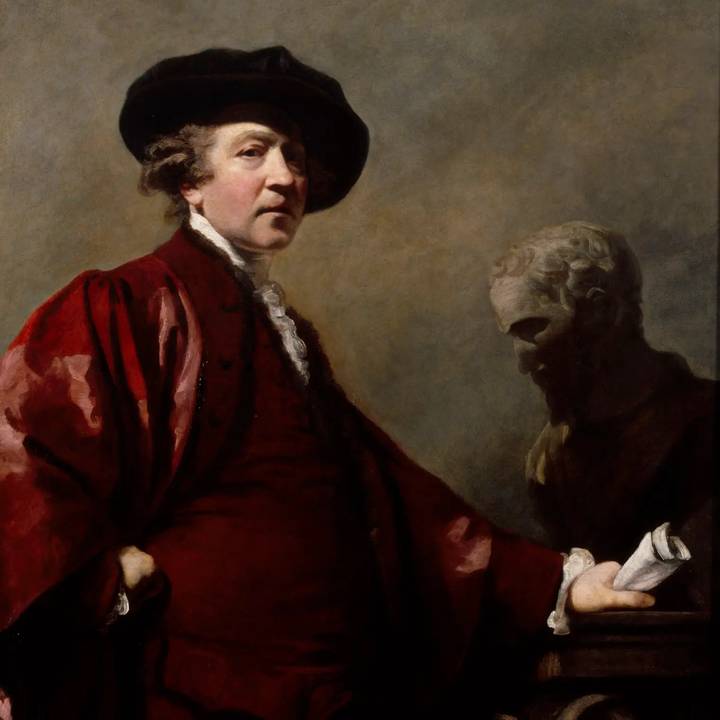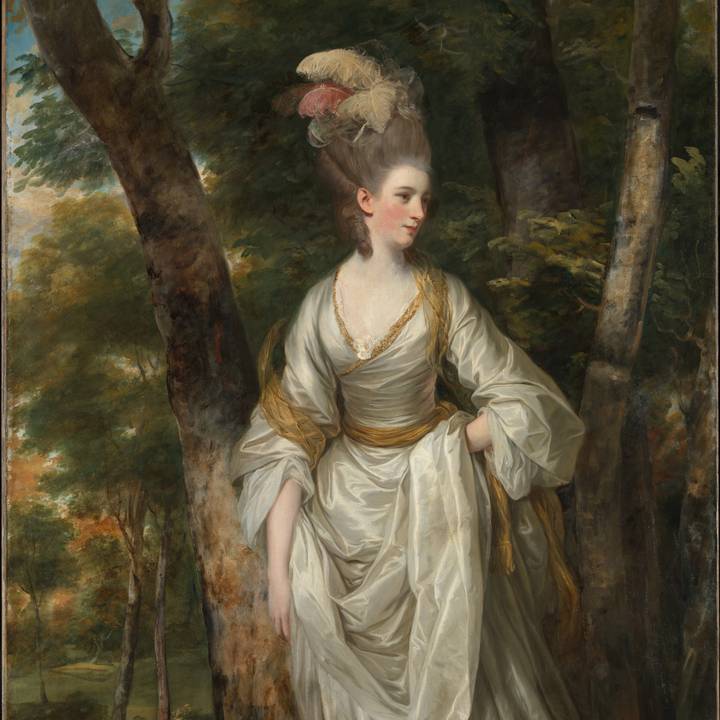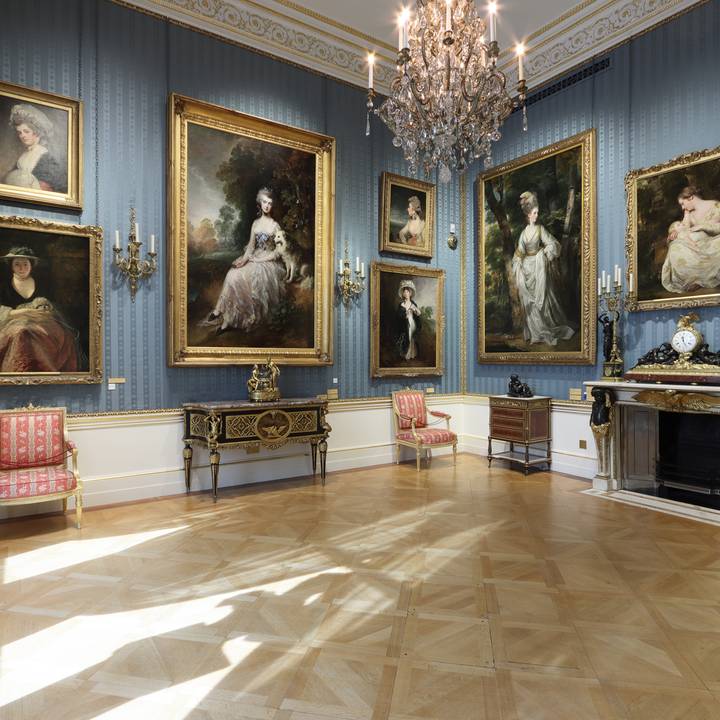Joshua Reynolds (1723–1792) was one of the most talented and successful British painters of the 18th century. The Wallace Collection holds an exceptional group of works by the artist, which were commissioned and collected by members of the Seymour-Conway family, who founded the museum’s collection.
The 12 paintings reveal the artist’s talent and creative range, including portraits of fashionable socialites to a depiction of St John the Baptist as a child in the wilderness. Reynolds has long been recognised as an artist who was experimental in his use of materials and in his technique. For this reason, generations of conservators were wary about undertaking conservation of his paintings.
In 2010, based on a growing re-evaluation of the artist’s methods and materials in the museum world, a ground-breaking research project was launched at the Wallace Collection in partnership with the National Gallery and with the generous support of the Paul Mellon Centre for Studies in British Art, and a close co-operation with the Yale Center for British Art.
Its aim was to find out more about materials and techniques used by Reynolds in the museum’s paintings by the artist, which were often experimental, in parallel with art-historical research into the workings of his studio, the identity of his sitters, and so on. Explore some of these fascinating discoveries using this site.


